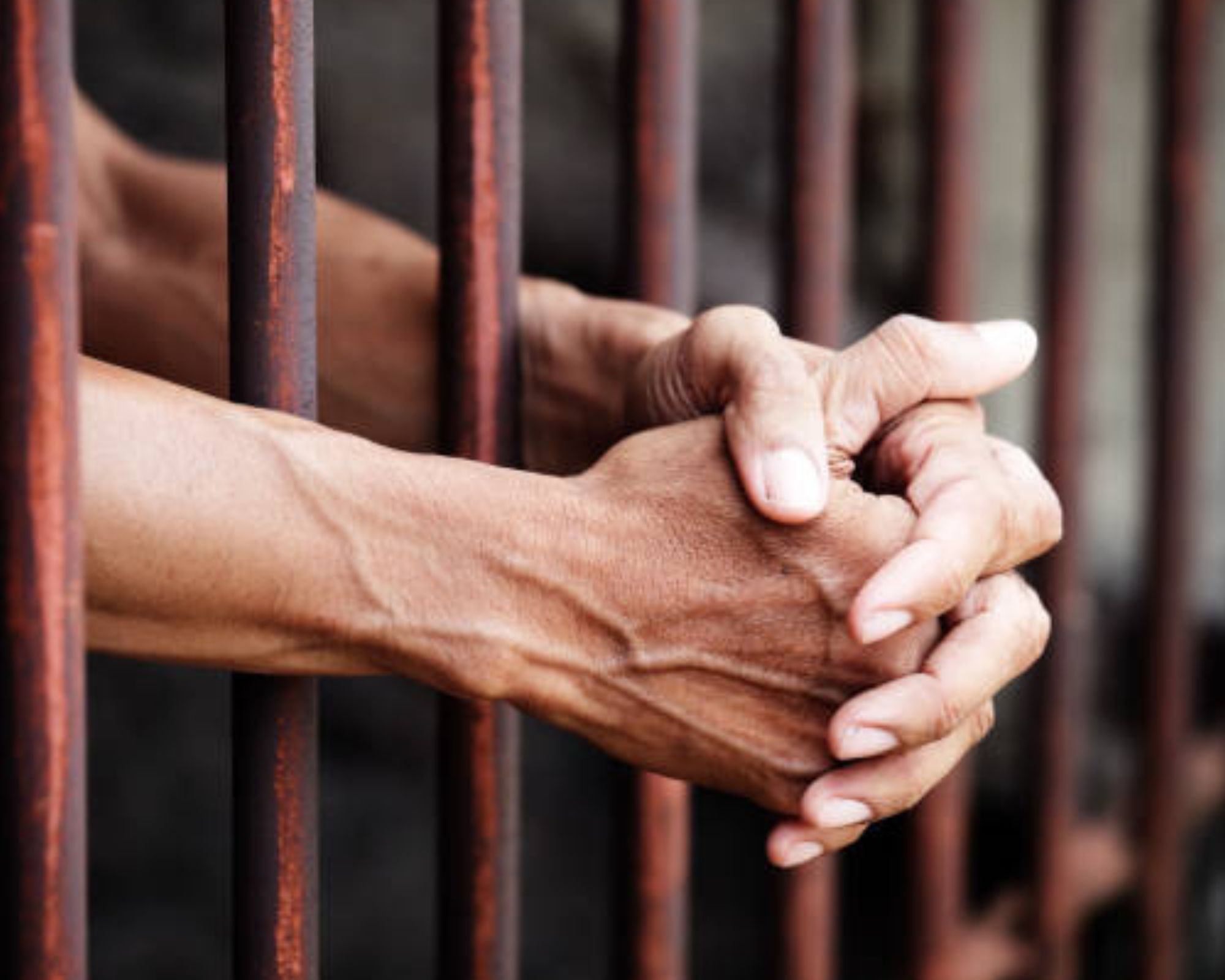Introduction
The relationship between prison and prisoners is a complex interplay of power, control, and the quest for rehabilitation. Prisons, as institutions designed to confine and punish individuals. Who have committed crimes, exist within a broader framework of the criminal justice system.
On the other hand, prisoners are the individuals subjected to the constraints. Regulations imposed by these institutions. In this article, we delve into the dynamic between prisons. Prisoners, explore the challenges, consequences, and potential for change within this duality.
Purpose of Prisons
Prisons serve a twofold purpose: to punish offenders for their crimes and to protect society by removing them from the general population. The punitive aspect of incarceration is intended to act as a deterrent against future criminal behavior. However, it is crucial to balance punishment with the potential for rehabilitation to reduce recidivism rates and promote successful reintegration into society.
Life as a Prisoner
For individuals serving time in prisons, life becomes a constant struggle between retaining a sense of humanity and adapting to the restrictive environment. Prisoners face a loss of personal freedom, limited access to resources, and a pervasive sense of isolation from the outside world.
The prison experience varies greatly depending on factors such as the severity of the crime committed, the length of the sentence, and the conditions of the specific correctional facility.
Challenges Faced by Prisoners
In addition to the loss of freedom, prisoners face a multitude of challenges during their incarceration. The lack of privacy, overcrowding, and exposure to violence and gang activities can jeopardize their physical and mental well-being.
Access to adequate healthcare, education, and vocational training may be limited, hindering the potential for personal growth and successful reintegration.
The Need for Rehabilitation
While punishment is a necessary element of the criminal justice system, the focus on rehabilitation is equally vital. Providing prisoners with opportunities for education, vocational training, and mental health support can help address the underlying issues that may have contributed to their criminal behavior.
These efforts aim to equip individuals with the skills necessary to reintegrate into society, reducing the likelihood of recidivism.
Prison Reform and Alternatives
Critics argue that the current prison system often perpetuates a cycle of crime and punishment, rather than fostering genuine rehabilitation. Calls for prison reform advocate for a shift towards restorative justice practices, community-based corrections, and alternative sentencing programs.
These approaches focus on repairing the harm caused by criminal behavior, promoting accountability, and supporting the reintegration of offenders into the community.
The Role of Society
The relationship between prisons and prisoners extends beyond the confines of correctional facilities. It is a reflection of societal attitudes towards crime, punishment, and the potential for redemption.
Society plays a critical role in shaping the correctional system through public opinion, advocacy, and support for policies that prioritize rehabilitation and reintegration.
Conclusion
The intricate relationship between prisons and prisoners underscores the need for a balanced approach to the correctional system. While prisons serve as a means of punishment and protection, they must also strive to provide opportunities for rehabilitation and personal growth. Recognizing the humanity and potential for change within prisoners is essential to breaking the cycle of recidivism and creating a more just and effective criminal justice system. It is through a comprehensive understanding of this duality that we can work towards creating a society that values both accountability and compassion in the pursuit of justice.
